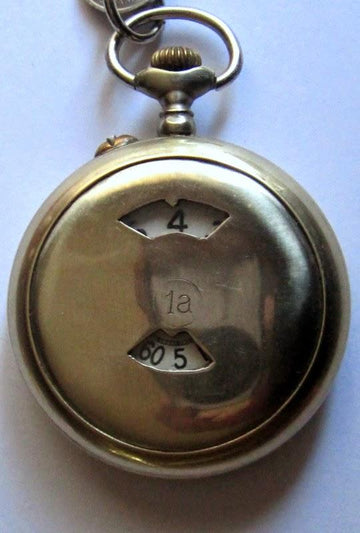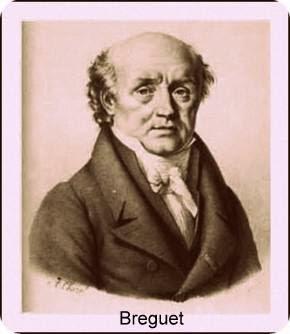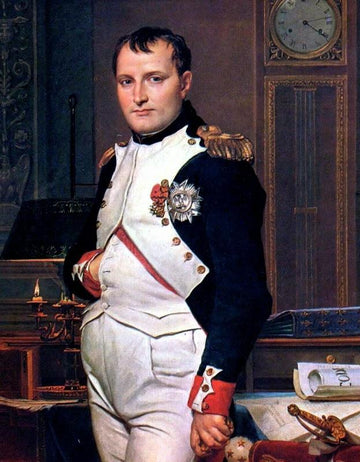
Back in the early days, the devices used for measuring time were not that accurate and were also very bulky. Therefore, keeping the current track of time was very difficult. However, we cannot imagine our life without the clock we use in today's time. Today, Let's discuss the evolution of Pocket watches.
First types of Clocks World Ever Saw
The water clock and the sundial were one of the first types of clocks. The water clock worked by measuring the quantity of water in the vessel. The sundial tells the time by positioning a shadow cast by a center knob. Moreover, tools like later water clocks were also used to increase the precision.
With some advancements later water clocks, the weight-driven clocks were invented. These weight driven clocks invented in the 13th century used to be very large. Moreover, these clocks were commonly used in government buildings and churches.

Advancements in Watches
In the 16th century, advancements were made, and springs were used in clocks instead of weights. This allowed craftsmen to make smaller sized watches. These small-sized clocks were also very accurate. However, these clocks were a little bit bulkier than the watches we know today. Therefore these watches were worn around the neck with the help of chains.
These watches were very expensive, and only very few people could afford these kinds of watches at that time. After this, these watches were introduced to the world in the 17th century. These watches were one of the most advanced movable technologies of that time. Moreover, these movable watches were the most common timepieces of that time.
Early Pocket Watches
At first, the watches were big and boxy; however, after some time, craftsmen decided to soften the looks of watches. Therefore, these watches slowly started to become more rounded and slimmer. Moreover, a lot of designs started getting engraved on watches.
A chain was used as an attachment with the watch in order to protect the watch. In the 19th century, the manufacturer started to improve the quality of pocket watches. Moreover, the sending hand in the pocket watch was also added. This meant that now the watches became even more precise than ever.

However, there was an increasing demand for accurate watches in the second half of the 19th century. Especially because of the railway accidents, the railway department in America wanted an accurate watch.
Naming the Pocket Watch
Therefore, the railway department adopted the pocket watch in 1893. But these pocket watches were customized according to the railway department. These types of pocket watches were called railroad-grade pocket watches.
Slowly, these watches gained popularity because of their classic and style design. These watches were passed from fathers to sons, and these watches are termed antique pocket watches. This was how the pocket watches were names.
This was the overview of the evolution of pocket watches. Pocket watches are still considered as one of the best timepieces of all time. Moreover, pocket watches are for people who want to stay connected with the history and want to be stylish and elegant.
Where to Buy Pocket Watch
If you are looking for a great quality pocket watch, then we can help you! We provide you the best collection of pocket watches that will make you stand out from the crowd. Contact us for more details.
References:
History of Watch (History of Pocket Watches) Retrieved from http://www.historyofwatch.com/watch-history/history-of-pocket-watches/
Greenwich Pocket Watch (HISTORY OF THE POCKET WATCH) Retrieved from https://www.greenwichpocketwatch.co.uk/history-of-the-pocket-watch-i150#:~:text=The%20first%20pocket%20watch%20was,by%20the%20early%2016th%20century.&text=In%20the%20second%20half%20of,the%20time%20even%20more%20accurate




